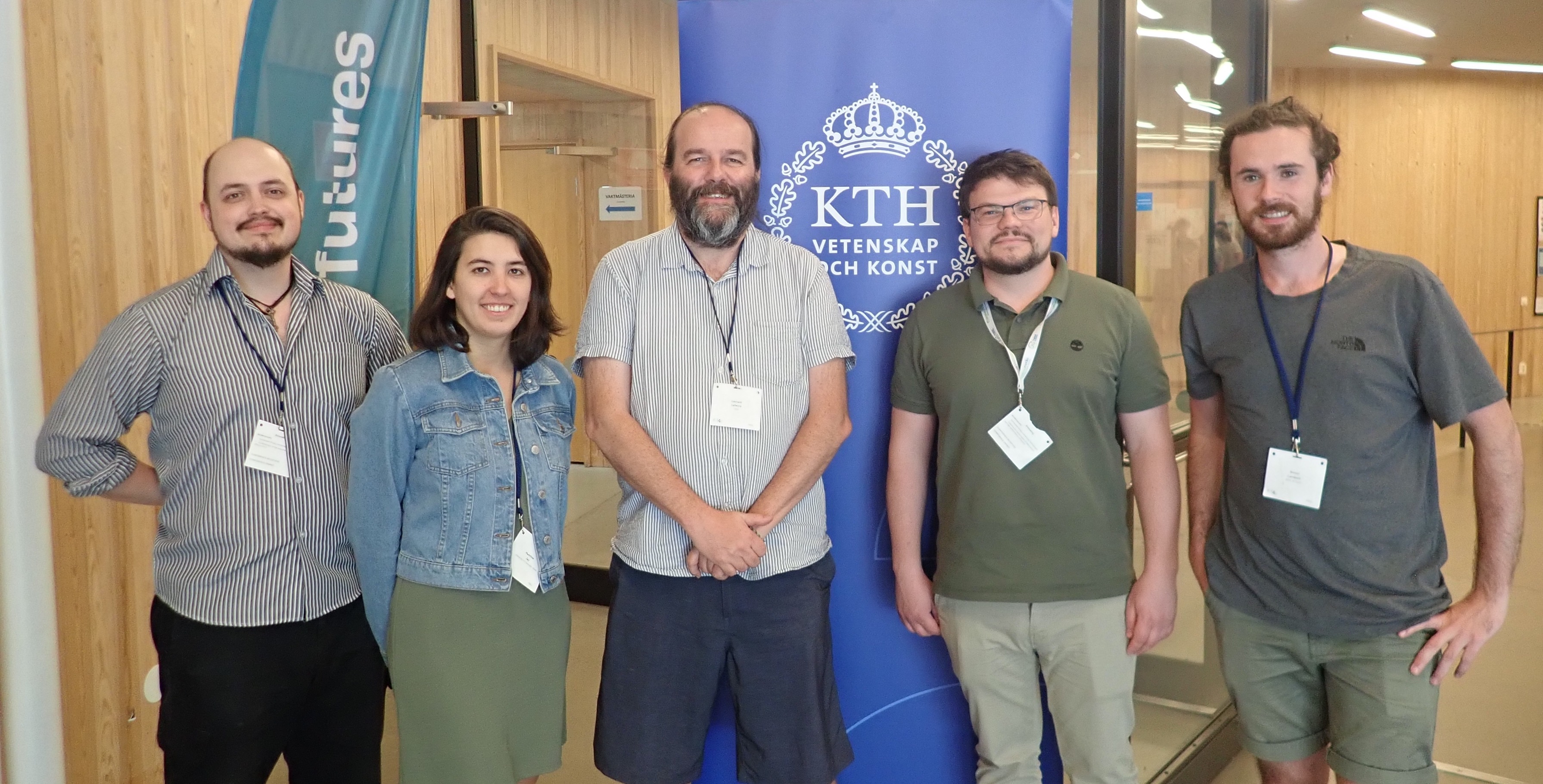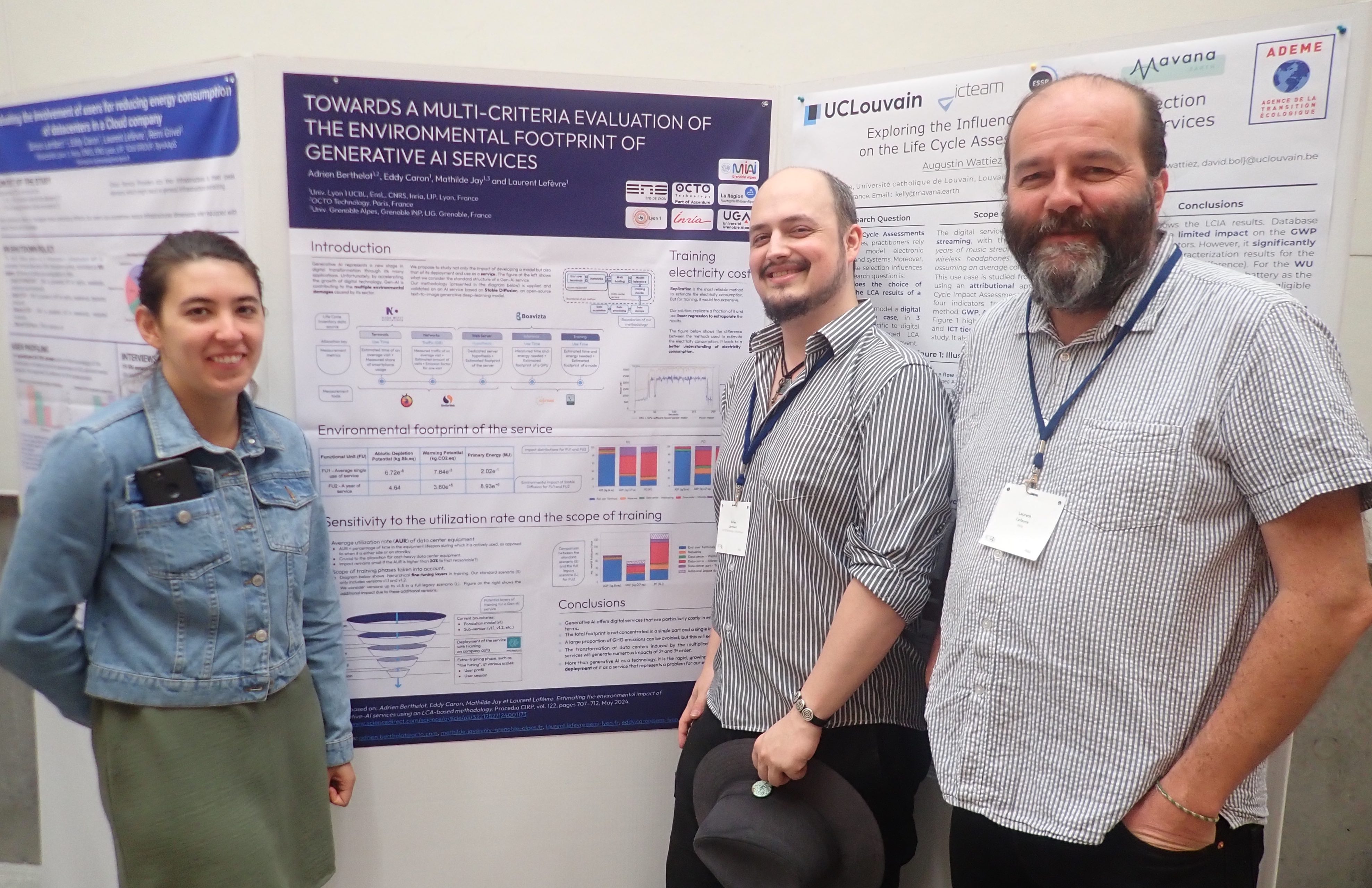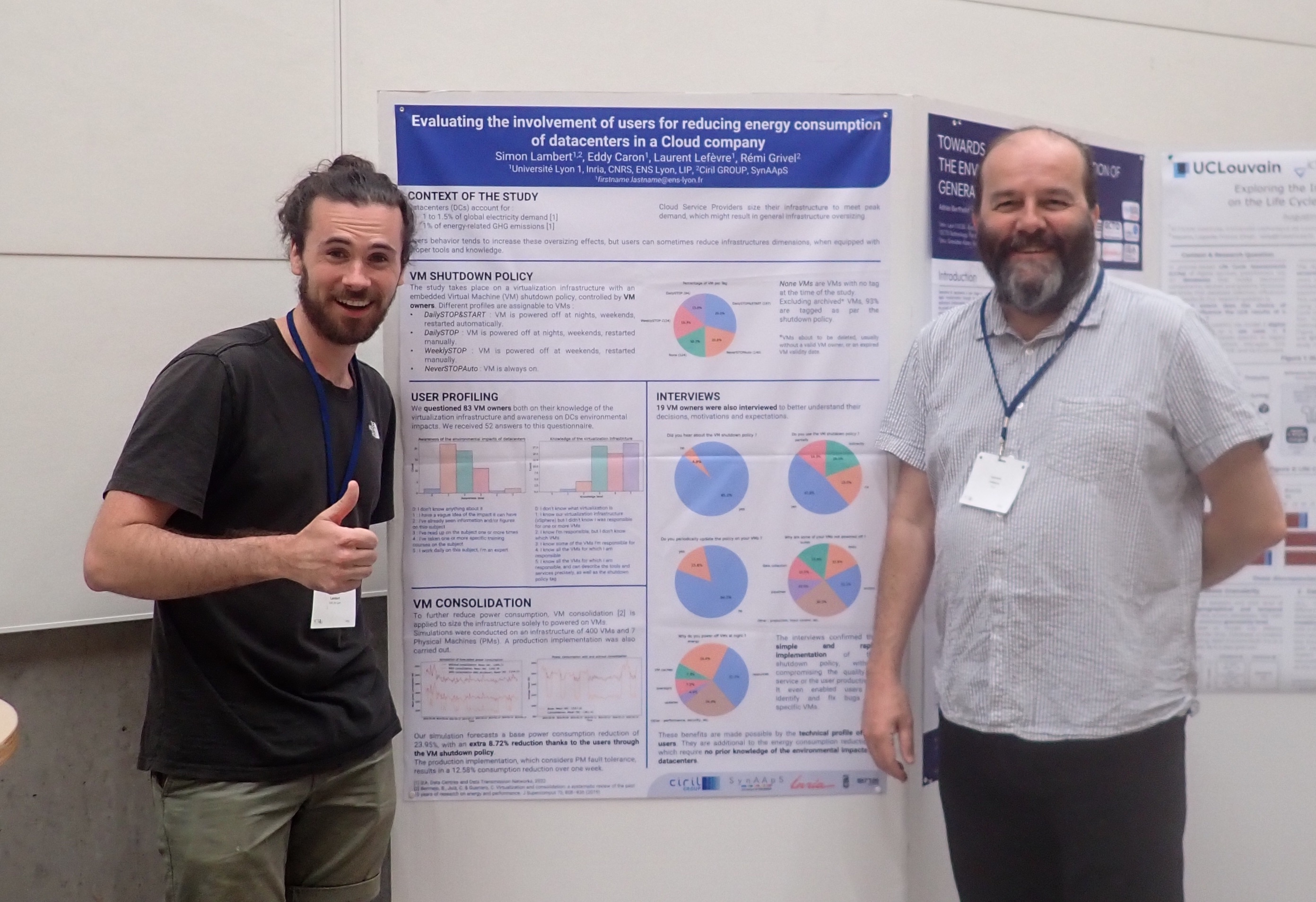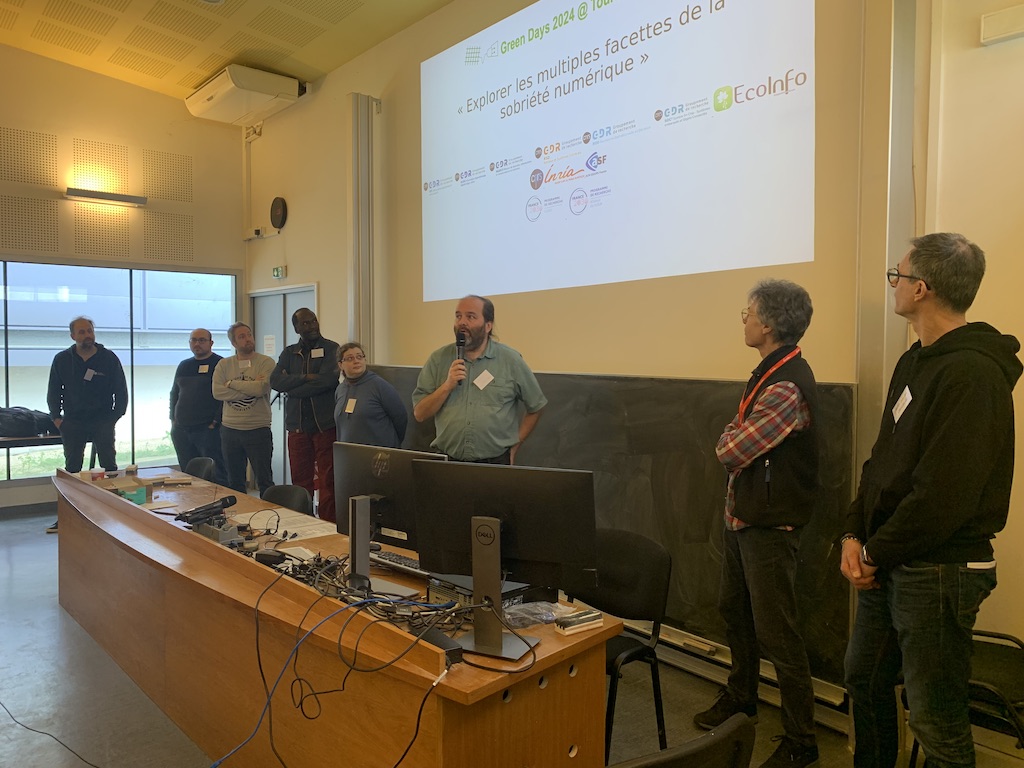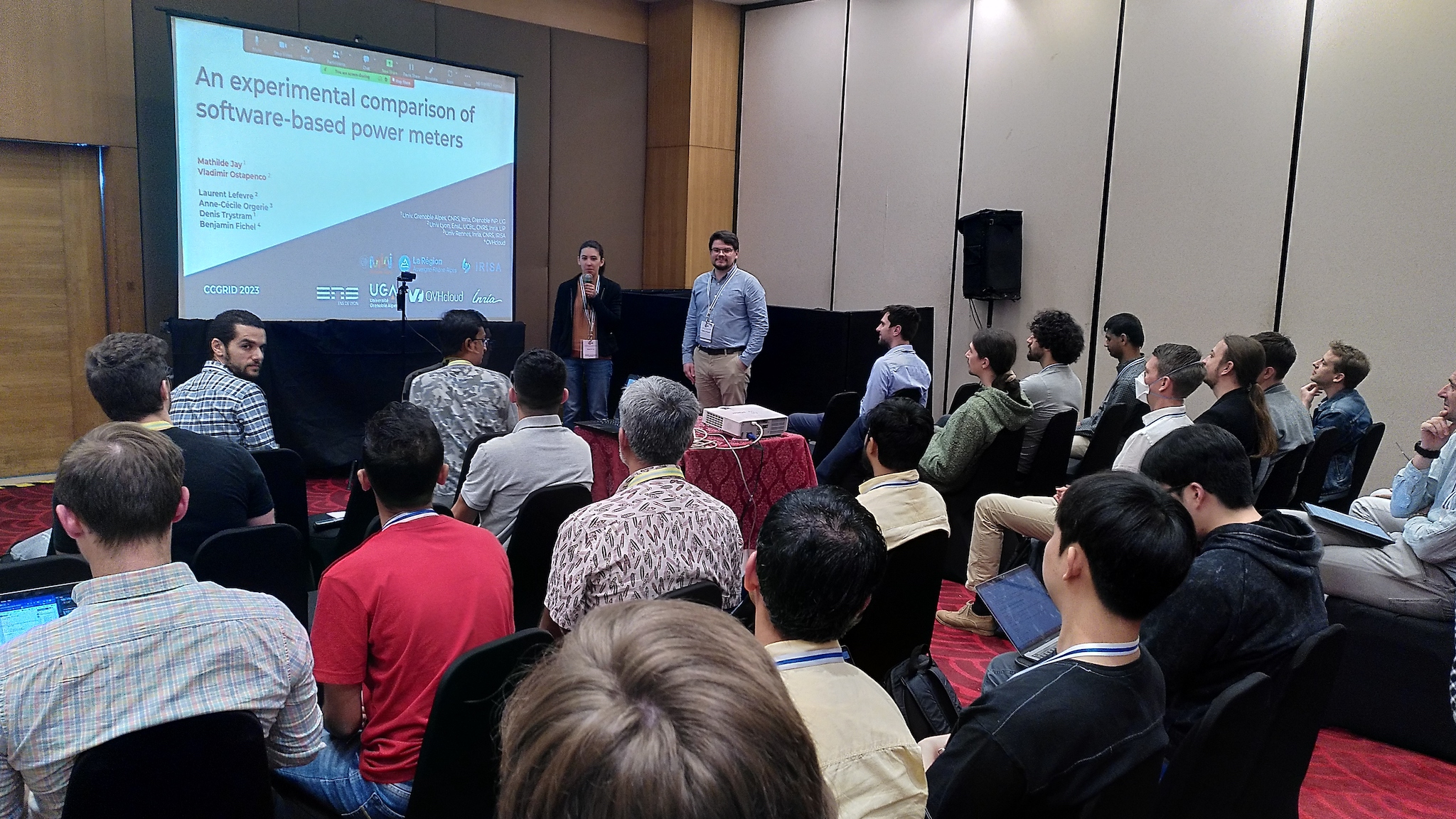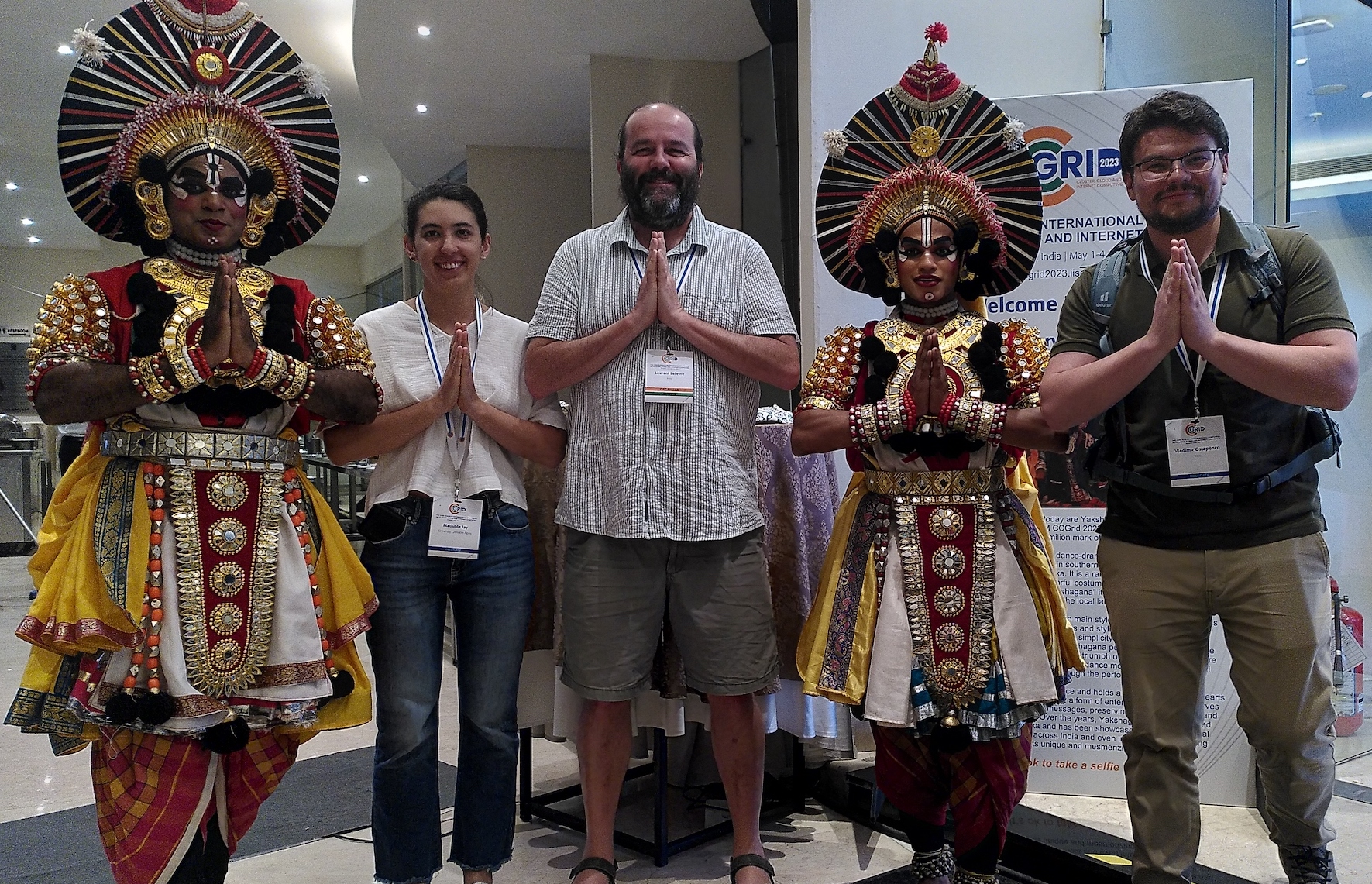This collaboration concerns “EXPLORING ENERGY MONITORING AND LEVERAGING ENERGY EFFICIENCY ON END-TO-END WORST EDGE FOG CLOUD CONTINUUM FOR EXTREME CLIMATE ENVIRONMENTS OBSERVATORIES”.
This project is leaded by Laurent Lefevre and Issam Rais (UiT, Tromso, Norway).
The arctic tundra is one of the most sensitive eco-systems to climate change. It is a large area with presently too few large-scale observation sites. Scientific observatories for extreme climate environments (based on ICT facilities and sensors infrastructure) provide on-field data to researchers (e.g ecologists, biologists) in order to observe and model complex environments with rapidly changing conditions. Gathering, processing and reporting observations are often limited by the availability of sufficient energy. The reporting is also limited by the availability of a communication network with sufficient bandwidth and latency. The opportunities provided by the data are limited by the availability of the critical resources: energy and communication networks.
Collected data must be processed, transported, and stored on relevant ICT infrastructures. Such resources can be deployed in various geographic locations depending on the proximity of sensors and actuators. For extreme scientific observatories, we target ICT infrastructure based on a continuum of resources from sensors and actuators to fog nodes (with limited capabilities) and up to cloud infrastructures.
Extreme climate conditions imply highly heterogeneous systems. Two extremes are represented here: (i) Clouds, highly monitored and maintained, and (ii) edge devices in extreme conditions, needing high monitoring and maintenance but can’t have it (or in a very limited amount), as it would cost too much (e.g in human resources, devices, energy). In between, fog and edge devices can be in both situations, depending on their context. Such high heterogeneity creates hierarchies and cliques of nodes that have very different access to resources, monitoring and even availability.
The challenges that we want to address in this aurora project are how to (i) provide the needed mechanisms to reproduce the characteristics of extreme environments with an in-lab testbed (ii) provide an end-to-end energy monitoring of considered worst continuum infrastructure, (iii) discover the most impactful energy leverages to sustain observations and monitoring (iv) deploy a proof of concept (simulated and really implemented) that validates the abstraction, architecture, design and implementation choices.






